Useless Facts About Naming Colorado Streets and Cities
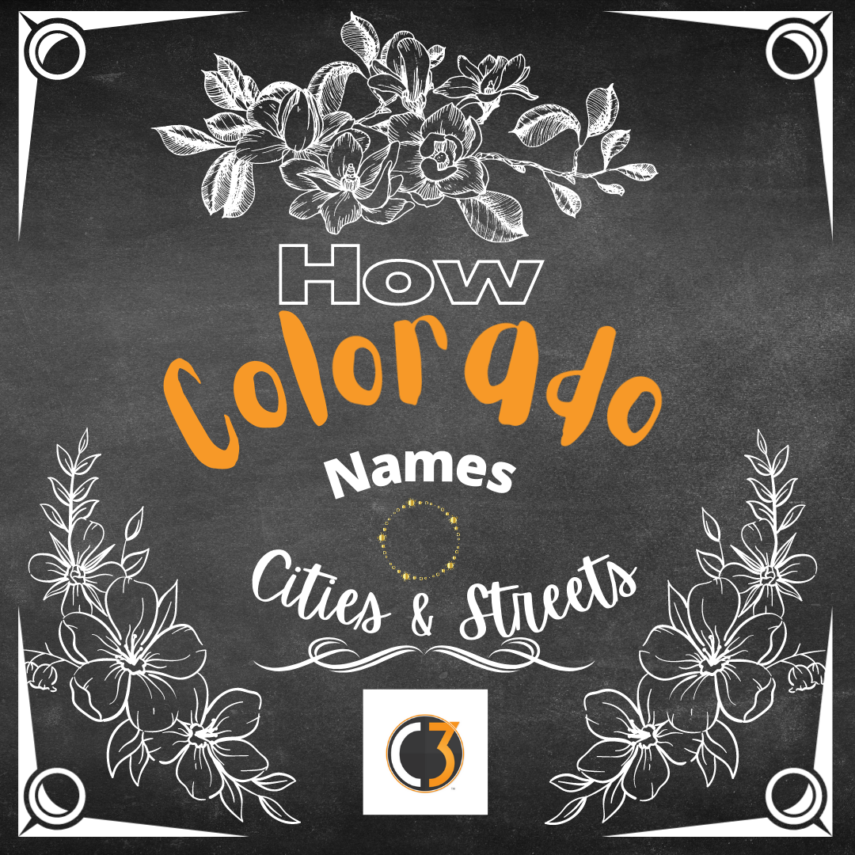
The state of Colorado has some interesting street and city names. Without a doubt, names like “Gunbarrel, CO” and “No Name Lane” are excellent examples of ‘What the heck were they thinking?’ However, our interest is sparking. We put together some useless facts on how the state names streets and cities where you might learn a few things. Shall we dive in?
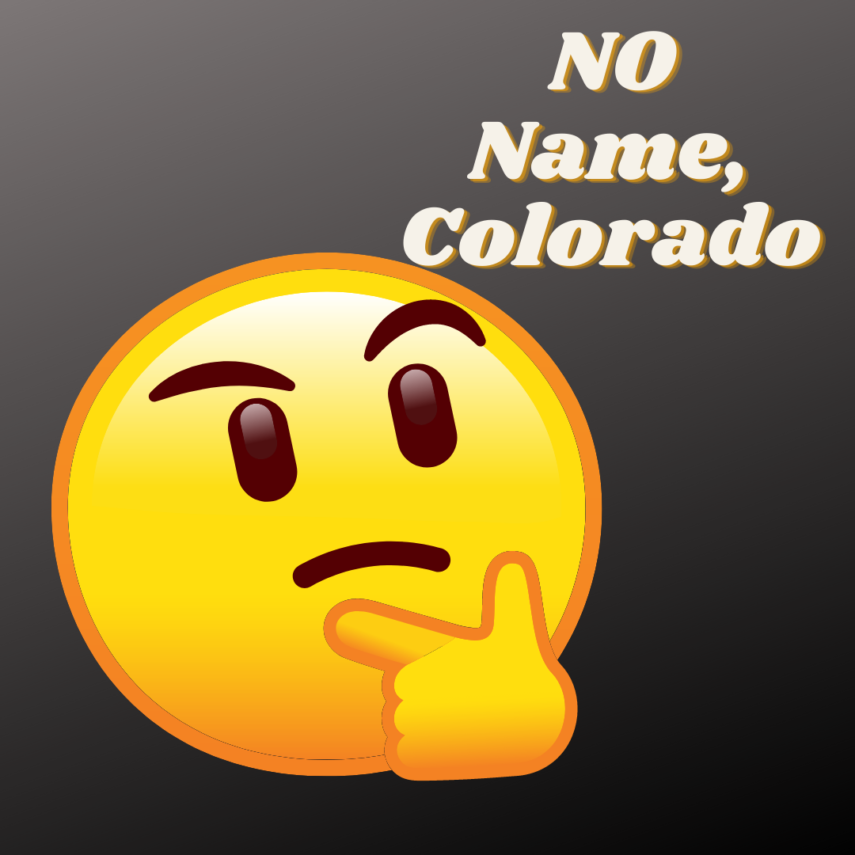
How did Incorrigible Circle get its name?
How many times have you driven past a street sign and thought nothing of it? Unless the name is so odd, you can’t help but notice, you may not take a second look. But streets around the country like Incorrigible Circle (Found in Longmont, Colorado) have a few of us shaking our head trying to understand why anyone would give such a title. The definition might give a clue, so here it is:
incorrigible
in·cor·ri·gi·ble | \ (ˌ)in-ˈkȯr-ə-jə-bəl , -ˈkär- \
Definition of incorrigible: incapable of being corrected or amended: such as
A (1): not reformable: DEPRAVED
(2): DELINQUENT
b: not manageable: UNRULY
As you can see, the definition was not much help. Who would describe this street as unmanageable or depraved? After scouring the net for answers, the work brought zero results. Perhaps the history of Longmont will shed more insight?
They found Longmont in 1870. However, the community itself has only been around a little over a decade. Which would mean the person who gave the titled the street “Incorrigible,” isn’t old school or some ancient resident? The entire neighborhood is full of Avant Garde names. There is Neon Forest and Tenacity Drive, which leads us to believe the developer was the person who had the honors of naming the streets. Either way, our quest continues.

Street Names Do Not Always Come from the Obvious Places
Odonyms are the name of a street. Real Estate Developers aren’t always appointed to naming a street.
“Place names are primarily divided into names of natural features and names of settlements. The study of place names, their origin, meaning, pronunciation, and use is known as toponymy. Toponymy is a branch of onomastics, which is the study of names of all kinds. The names of places provide the most meaningful and accurate geographical reference system in the world.” ~ John Misachi Author of World Atlas

When the developer isn’t naming the street, they give the City Engineer per city charter the authority to do the naming. This happens during the play of a subdivision once adopted by ordinance.
However, renaming sometimes happens after an event, or a significant person of the community has done something important and deserves to remember.
To rename a street requires tons of red tape. Can you imagine the bureaucracy involved? Every document, both residents and businesses must change, making it expensive and tedious process whereas they often turn these tasks down or take years to complete.
We can also name Streets after mountains, trees or landmarks. There could also be a chance the developer wanted a street named after a son, daughter or loved one. Not only will you find Abbey Road and Martin Street, you could come across a saint or street named after a police officer. It’s really interesting to learn more about the origin, but the information isn’t always easy to find.
As a general rule, street names are important to the organization of any city. The planning departments can sometimes play a role in naming of streets. This is a long process and takes weeks to complete. The ultimate departments such as police and fire have veto power over city commissioners. Streets must be legible and easy to understand during and emergency, which is why they play a critical role in this process.
Not to mention, the post office can sometimes help make operations more efficient.
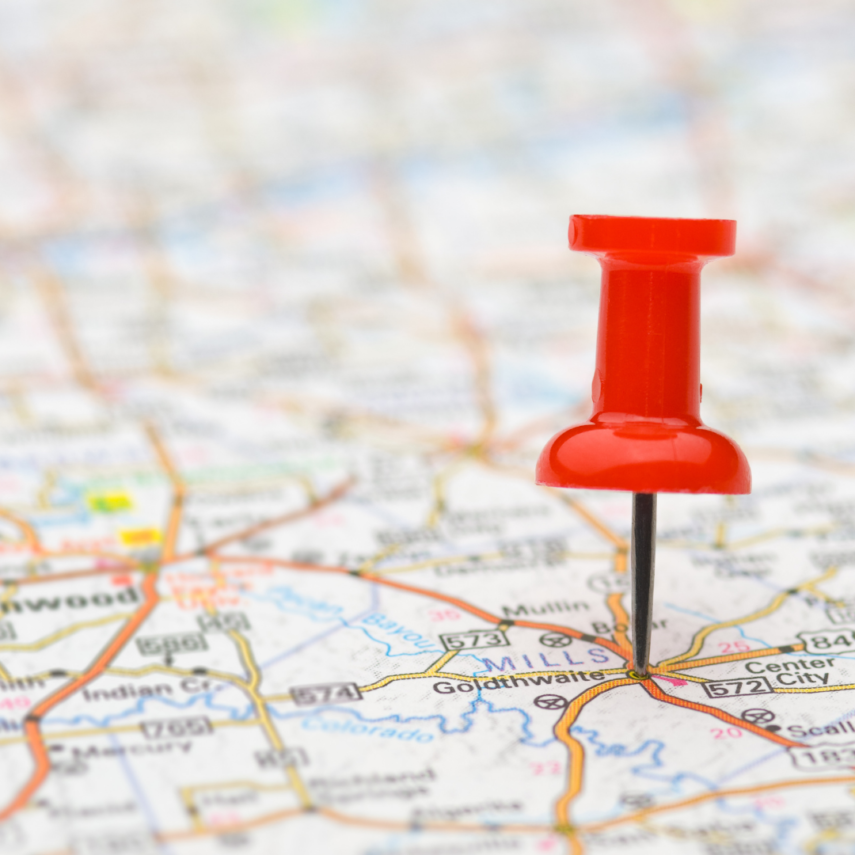
What Would Happen if There Were NO Street Names?
One thing is certain, it isn’t likely the streets had some random process. We use the street names to find our way. Just imagine not having a GPS or a street name to follow. Street names give us direction and keep our traffic organized. City and Town names give us a sense of identity and building communities. Regardless of names, the people are the most important. The residents who frequent areas or call a place home are behind the names of the streets and towns. Community is the reason we are here. While that is yet another way the street gets named, there could be other factors such as making the grid easy to follow either alphabetically or numerical. The 34th or Alfred might not make sense, but when you follow it does.
The naming of cities is like streets with processing. However, the city of No Name, Colorado, was a mistake conducted by Department of Transportation. Seems cities are a tad different with naming compared to our streets.
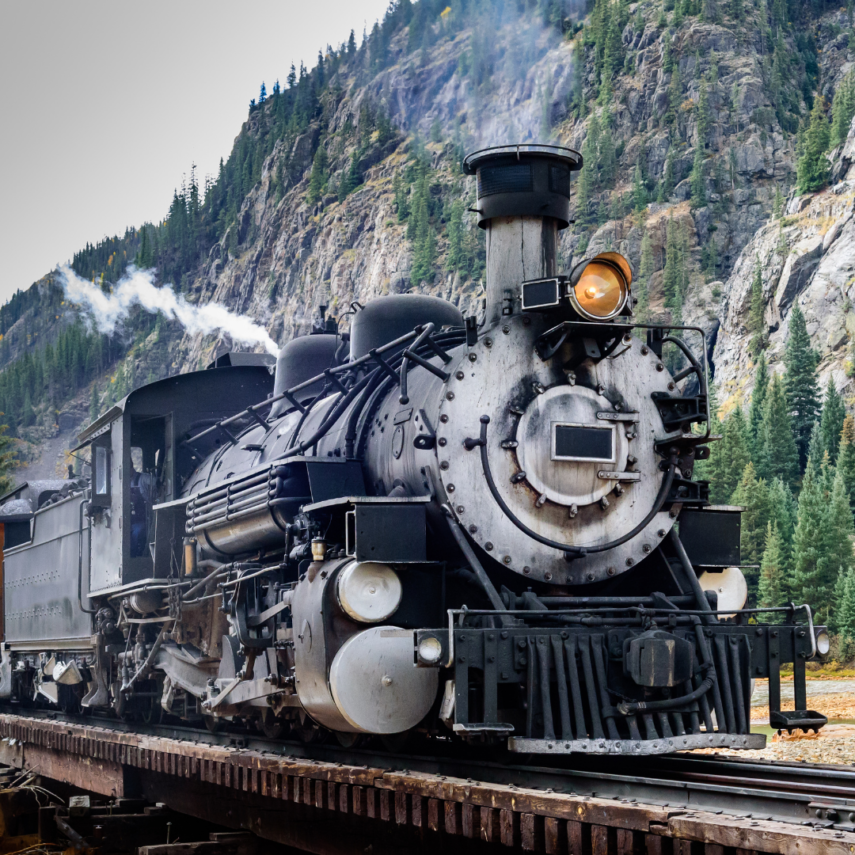
Was No Name Colorado a Mistake?
When they came upon the parcel of land without a street sign, they logged it as No Name on exit 119. The developers working off the I70 left several roads without a name, which inspectors entered city documents as No Name. Guess someone dropped the ball on that paperwork as the town’ name is still existent.
Now many folks would argue, they name cities in Colorado after politicians and wealthy settlers. However, Colorado Springs got its name after becoming a mattress manufacturing town. And the list keeps going.
Hygiene, Colorado got its name because of strict policing against citizens for not bathing or taking care of their person. (Stinky people not allowed) While this may sound ridiculous, there is no proof it is or is not true.
Once inhabited by the Ute Nation, Rifle Colorado had the most interesting story. Rumor states, during a hunt, a settler fell asleep by a tree only to wake up with a member of the Ute tribe in front of him. Startled, the settler took off running, leaving his gun behind.
Was Denver Named After Schmoozing for Land?
The city of Denver received its name when town settlers came seeking gold. In order to strike it rich, you needed to have access to the land. The Governor of Kansas City, James W. Denver, was the politician who had the most schmoozing granting access to more land and gold. They named the city after him to show his political power. While Denver was only here for a short time, he stayed present until the city became a US State Capital.
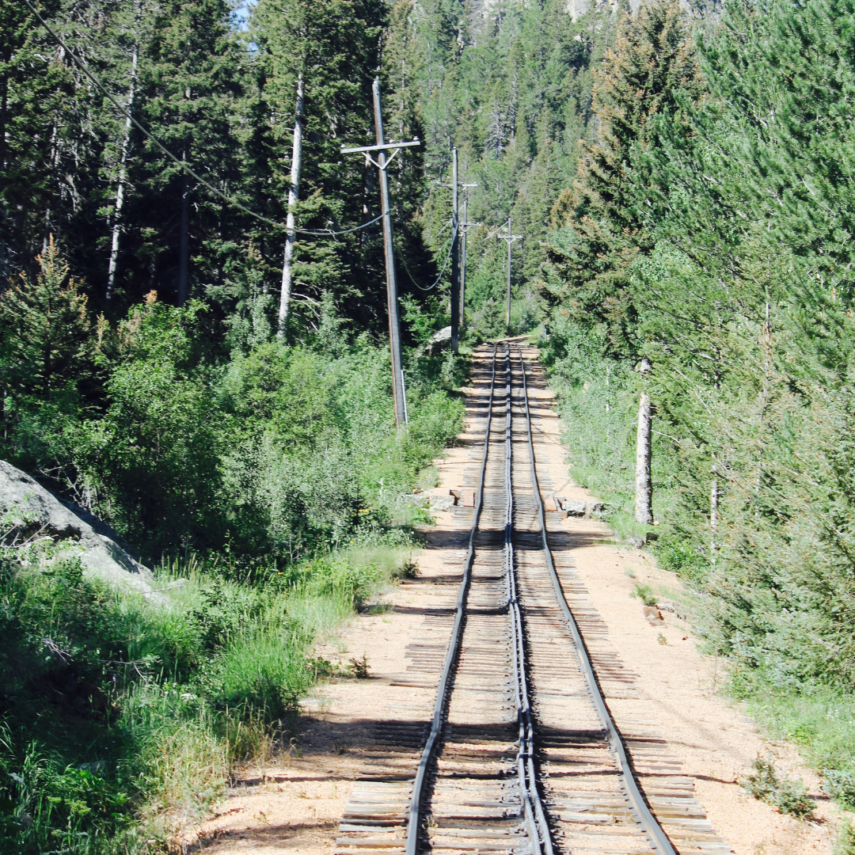
Loveland and the Central Railroad
The city of Loveland also has a story as Settlers began roaming the land, raising camp at Big Thompson Valley. Namaqua was the name of the post office at the time and was also the newfound community of the Spanish nomads. The Big T river was attracting everyone during that time. Water could be useful for farming, agriculture, and building. However, David Barnes was a wealthy man who purchased 320 acres in Thompson Valley. He then sold that land for the railroad. The residents wanted to name the town after him. Instead, Barnes named the town after his friend who was president of the Central Railroad. That friend’s name was W.A.H. Loveland.
For cities like Arapahoe and Zuni, you can bet these came from the Native American tribes who roamed and conquered much of the land.

They named the City of Greeley Several Times
Name changes are something that can happen as well. These changes are because of history or some type of event. For instance, they changed Union Colony from Aurora to Greeley. They also knew the city as Fletcher, which can make things confusing when speaking to elderly folks who grew up there.
These are a few tidbits of how streets and cities get their names. However, there are exceptions to every rule. Not to mention the high cost and red tape of requesting local cities and their council rename. Further, many of the streets named after politicians or someone significant offer a different appearance than any other street. All the geography is fascinating.
We hope you enjoyed this article and learned something. The information might impress your friends. Either way, stay tuned.
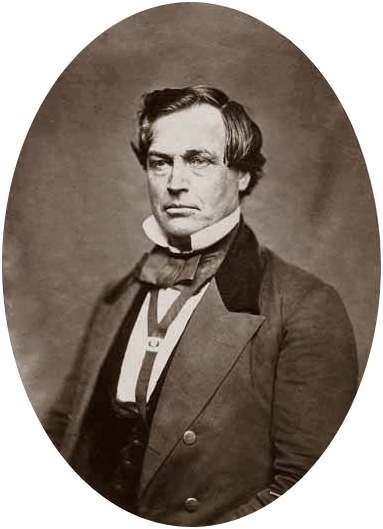





Leave a Reply